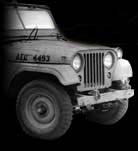The MicSem Online Photo Album Collection includes 30 albums on historical themes. Many of these are also available for online viewing as videos. Other albums center on a variety of themes, some related to nature. The albums are changed periodically and feature photos from the Micronesian Seminar library collection and the resources of other institutions in the area.
Each of the MicSem historical mini albums on the islands offers a look backward at Micronesia as it was yesterday. It is a walk through the past, as seen in images rather than written text. The other albums offer a fascinating glimpse of undersea life and other distinctively island features.
MicSem also maintains a collection of 82,000 photos, many of them of historical value, in its own resource center.

































